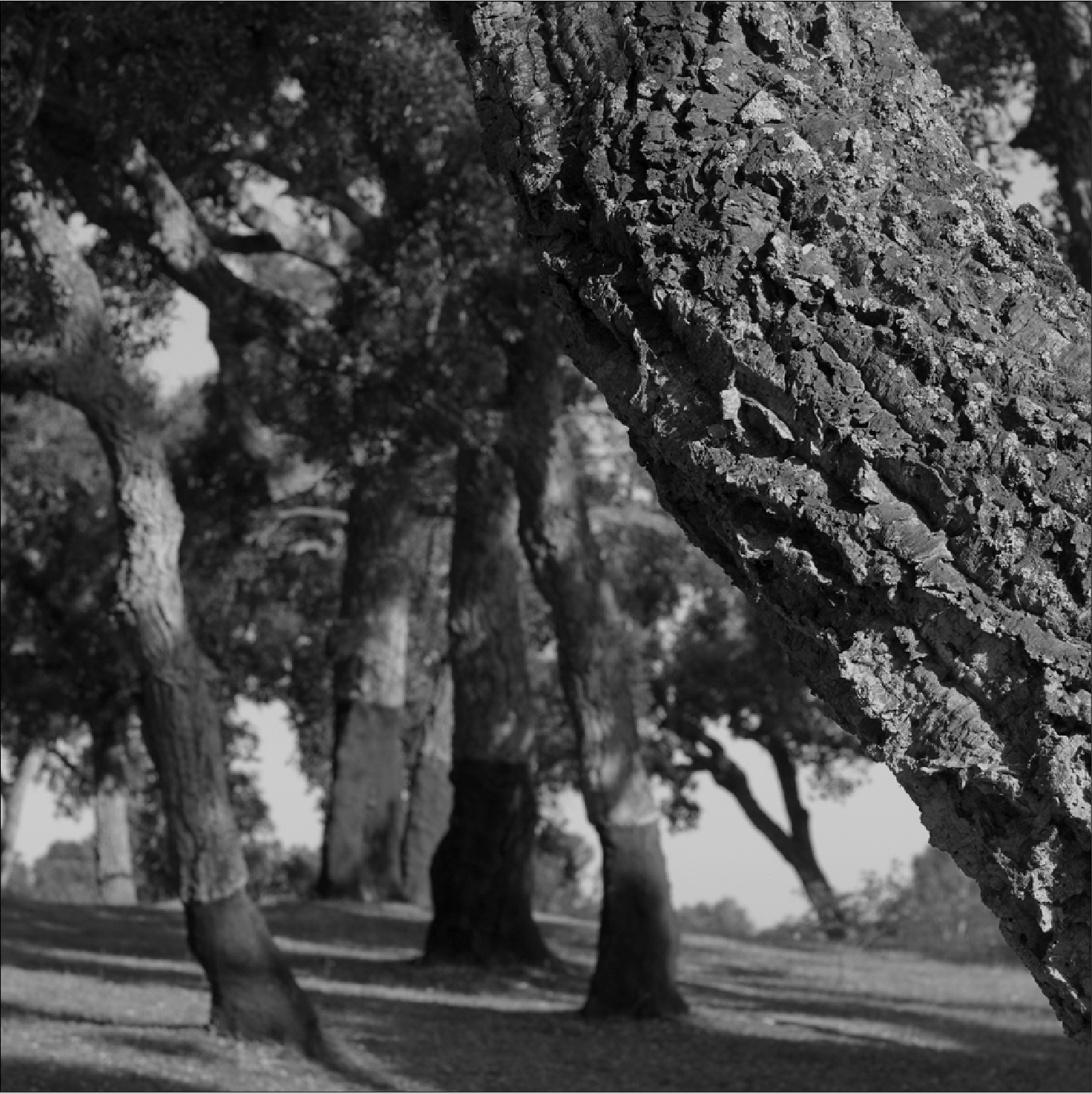
INTERVIEW
What is the carbon footprint?
We interviewed Raquel de Nadal, director of Sustainability and Innovation
May 2021
Raquel de Nadal has a degree in Chemistry, a master’s degree in Company Environmental Engineering and is currently doing a PhD at the University of Girona.
She is characterized by her entrepreneurial personality and her vision. She does not let the day to day prevent her from looking further, and she is capable of projecting her ideas to achieve profound transformations. She enjoys working at two speeds, on the one hand the more short-term projects and the daily management of the laboratory, and on the other hand, thinking about where we want to go as a company and what steps we have to take now to be who we want to be in ten years.
At J·V since 2013, she has promoted innovation and research projects and, currently, she has her sights set on sustainability, an aspect that the new generation leading the company has firmly wanted to promote.
She has recently been appointed Director of Sustainability and Innovation. In fact, she believes that both areas should go hand in hand, and that one is meaningless without the other.
Your role at J·Vigas is to be a promoter of changes in aspects of Sustainability and Innovation, and to have a visionary spirit to mark the path towards the future. How do you imagine J·V in five years?
I think it is important to have sustainability and innovation – which must always be connected – as strategic pillars.
That is why we are committed and we would like to be a benchmark organization in sustainability, a model to follow as a company, not only within the cork sector.
Sustainability lately is related to the carbon footprint. Could you briefly explain to us what the carbon footprint is and why it is important?
The carbon footprint is the way to measure greenhouse gas (GHG) emissions.
It is an environmental indicator that measures the impact that our activities have on the environment. You can measure the footprint of a product, service or a company in general, of all its activity.
It is important because the EU wants to achieve climate neutrality by 2050.
Neutrality is achieved when the same amount of carbon dioxide is emitted in the atmosphere from which it is removed by different routes, it is also called zero balance or zero carbon footprint.
In addition, it is one of the objectives of the 2030 Agenda. Specifically, objective 13 marks the application of urgent measures to combat and/or adapt to climate change.

How is the carbon footprint measured?
There are people who think that there are no international standards to measure the carbon footprint.
We must distinguish between the footprint of an organization or a product:
To measure the carbon footprint of an organization, all greenhouse gas (GHG) emissions are analyzed over a given period, generating an inventory.
Regarding the calculation of the footprint of a product, such as the natural plug, for example, all GHG emissions are analyzed during the Product’s Life Cycle using the PAS 2050: 2011 or ISO 14067: 2018 standards.
Taking advantage of the implementation of the ISO 14001 system, we want to obtain a certificate certifying the value of the carbon footprint of our caps, based on these international standards. Through this Life Cycle Analysis, we will know the environmental impact of our processes and we will be able to improve on the path of sustainability.
With all that you have told us, do you consider the carbon footprint the most efficient tool to know how sustainable a company is?
For all that I have just mentioned, I believe more in a certification such as ISO 14001. In my opinion, it is more important to know if the company has a certified environmental management system, which helps to understand if the management is being done correctly or it can be improved, and how.
The footprint is like an X-ray, but the important thing is to implement a system that involves continuous improvement within the organization that covers different levels, from the production level, through the waste management system or studying where the raw material comes from.
An environmental management system implies incorporating sustainability at the transversal level in order to be as efficient as possible.
Currently, everyone talks about sustainability and it is difficult to know which product is really sustainable. How can I be sure of the sustainability or not of a product?
It is true that, as consumers or clients, we sometimes have to make an effort and do a little research so as not to get caught in the headlines or marketing messages. I think that the important thing is to know if the company has an environmental management system endorsed by some external certification.
Is there an international certification that measures the carbon footprint of companies?
If a company wants to measure its footprint, it can take the ISO and UNE regulations as a reference, but these regulations are only a guide, they will give it tools or they will tell you what to measure, but each company can adapt the guide to its internal criteria.
Thus, one company can take the most favorable conditions as a reference while another takes an average of the least and most favorable conditions as a reference, resulting in very different values as they depend on internal evaluation criteria.
Is that the reason why, in reference to the cork industry, we find very different figures in relation to the carbon footprint?
Exactly. It does not mean that one company cheats, or does not do the calculations well, or is more polluting than the other.
Given that the footprint can be calculated following different criteria, in my opinion, the calculation of the carbon footprint should help a company to know more and better its processes, having them quantified with a value and, thus, be able to implement a reduction strategy and/or emissions compensation.
Together with the Catalan Cork Institute and ReMa Ingeniería, it is developing a study to create a new evaluation system. What are you basing your research on?
We are calculating the carbon footprint of our stoppers from the forests,
going through the first phases of the production process that we do in our company Vimatap 15 in Extremadura, continuing with the production process at our headquarters in Palafrugell and until the end of their useful life.
We are based on existing international regulations and we are looking for the most reliable criteria with reality to achieve an objective calculation, and that may be useful to promote regulations at an international and national level since we are part of the CTN56 / SC5 committee CORK subcommittee.
Will it have international recognition?
It is one of our objectives, to achieve an evaluation system according to international criteria. Although the main objective right now is to find the best way to calculate the real footprint of our caps.
Will it cover other industries or just the cork sector?
Given the particularities of our sector, it will only serve the cork industry.
In relation to J·Vigas, how can a client know if it is a sustainable company?
We believe in a policy of transparency and honesty. In the sustainability section of our website, you can find all the actions that we are carrying out right now to reduce our environmental impact. And I also believe that it is important to also know where we want to go and how we are approaching the R & D & I projects that we are carrying out so that they also go along this line.
What sustainability certificates does J·Vigas have?
We are certified with ISO 14001 which has helped us in creating our roadmap for the next few years.
